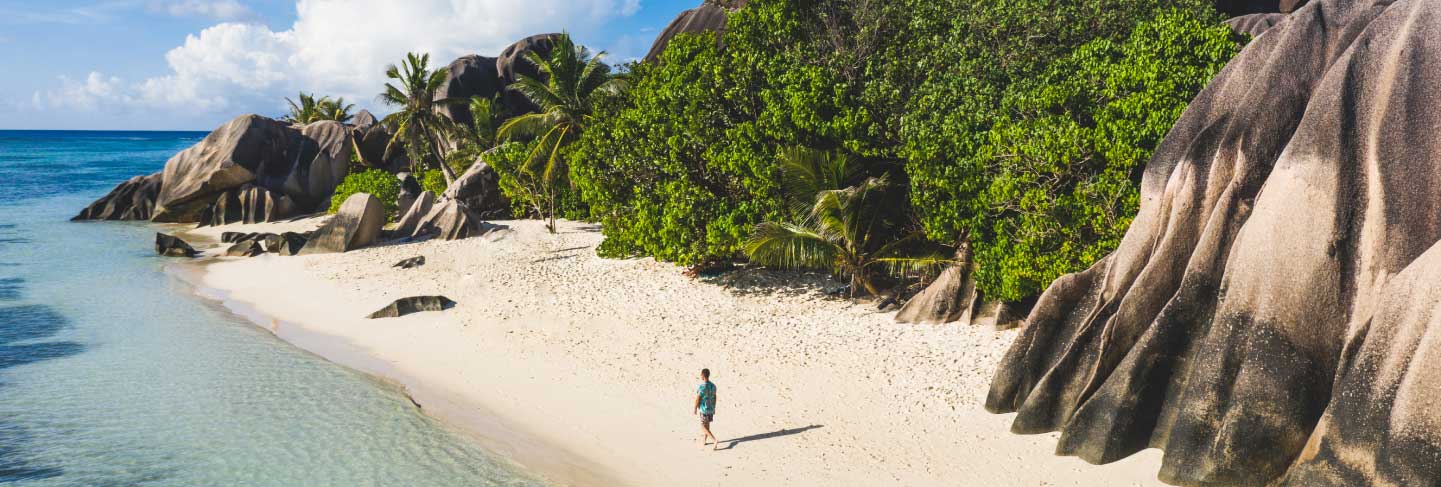Reptile and Amphibian Diversity Research in the Costa Rican Rainforest
Work in the Caribbean rainforest, identifying and tracking a range of unique reptile and amphibian species.
Durations: 2 - 12 weeks
Book with confidence
Travel flexibility, because life happens! Modify your booking, even up to 48 hours before departure. T&Cs apply.
Program information
Join us on the Caribbean coast in Costa Rica to monitor the health of the Kekoldi Indigenous Reserve. You’ll assist by recording sightings of reptiles and amphibians, ranging from snakes and lizards to frogs and salamanders, along forest trails. Our aim is to document the presence, habitat and climatic preferences of herpetofauna within Kekoldi.

Grants available for up to GBP10,000!
Get a GVI Foundation Grant of up to 80% on conservation programs. Everyone is invited to apply by 31 Jul.
Book with confidence
Travel flexibility, because life happens! Modify your booking, even up to 48 hours before departure. T&Cs apply.
Included in your program, at no extra cost.
Make the most of our unique programs with these exclusively curated local adventure and wellness experiences.
Offered once a month, expand your adventure with GVI Experiences. These are just some of the activities offered on your program!

Traditional chocolate workshop

Waterfall hike

Moth and butterfly trapping

Sunrise in the rainforest

Conversational Spanish class

Stargaze in the jungle

Wildlife photography workshop

Yoga in the rainforest
Connect with our alumni
Want to connect with some of our past participants about their adventures? Get in touch with hundreds of friendly ambassadors all over the world who would be more than happy to answer any questions.



Connect with us

Join our Virtual Open Day!





























